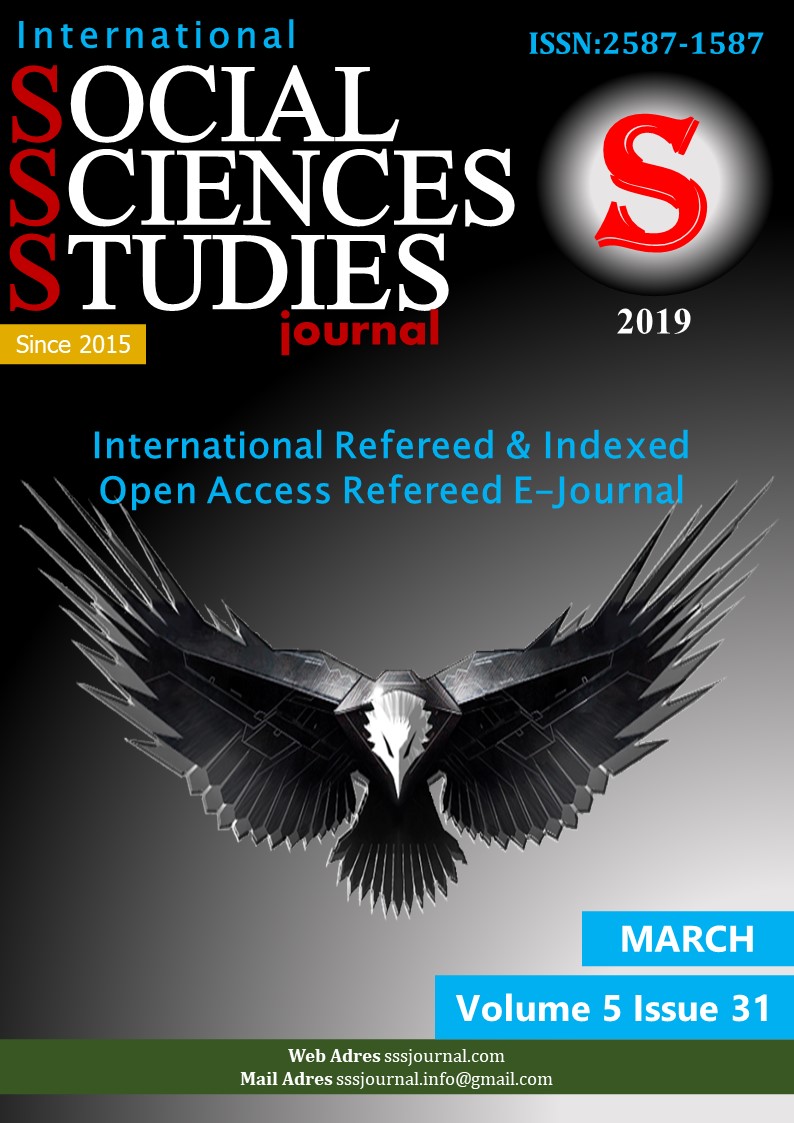Author :
Abstract
Milli geliri oluşturan değişkenlerden biri de yatırımdır. Genel olarak yatırım; kamu ve özel sektör yatırımları olmak üzere iki kategoride ele alınır. Kamu tarafında yatırım kararı, hükümet tarafından belirlenir ve amaç kar kazanmak değildir. Özel sektör tarafında ise, yatırım yapma kararını firma yöneticileri üstlenmiştir. Günümüz ekonomilerinde yaygın olarak yaşanmakta olan serbest piyasa ekonomisinde yatırım, bütünüyle özel sektörce gerçekleştirilir. Yatırımların gerçekleşmesinde ülkelerin makroekonomik yapıları önemli bir kısıttır. Diğer taraftan; ülkelerin makroekonomik gelişiminde etkili olan politika yapıcıları, yatırımları etkilemede ağırlıklı bir paya sahiptir. Son olarak; ülkenin dışa açık veya dışa kapalılığı da yatırımları etkileyen bir diğer önemli etkendir. Yatırımlar; doğrudan ve dolaylı olarak ayrıldığında bunların birbirini besleyen iki ayrı konu olduğunu da belirtmek gerekir. Ancak; ülke ekonomisinde sonuç olarak istihdamı sağlayanın doğrudan yatırımlar olduğu bilinmelidir. Rasyonel beklenti içerisinde olan bir yatırımcı doğrudan yatırımlarda kar, dolaylı yatırımcılar ise rant elde ederler. Yatırımcı, marjinal getirisi hangisinde artıyorsa ona yönelir. Hem kamu hem de özel sektör girişimcileri, yatırım kararı alırken fayda- maliyet, kar- zarar ve risk analizleri gibi pek çok analizler yapmak zorundadır. Bu analizlerin sonucunda alınan kararların uygulanmasıyla sermaye birikimi sağlanırken, istihdam ve iktisadi büyüme sağlanır. Bu çalışmanın amacı; makroekonomiyle ilgilenenlere yatırım kavramının kapsamı ve yatırım kararlarının aşamaları hakkında bilgi sunmaktır. Çalışmada tümdengelim yöntemi çerçevesinde, betimleyici analiz yaklaşımı uygulanmıştır.
Keywords
Abstract
ABSTRACT One of the variables that make up the national income is investment. Overall investment; public and private sector investments. The decision to invest on the public side is determined by the government and the aim is not to earn profits. In the private sector, the company executives undertook the decision to invest. The investment in the free market economy, which is common in today's economies, is carried out entirely by the private sector. The macroeconomic structures of countries are an important constraint in the realization of investments. On the other hand; Policy makers, who are influential in the macroeconomic development of countries, have a weighted role in influencing investments. Finally; the country's external or external closure is another important factor affecting investments. Investments; It should be noted that when they are separated directly and indirectly, they are two separate subjects feeding each other. But; it should be known that direct investments in employment in the country economy are the result. An investor who has a rational expectation is profit in direct investments and indirect investors obtain a rent. The investor turns to him if the marginal return increases. Both public and private sector entrepreneurs have to do many analyzes such as cost-benefit, profit-loss and risk analysis when making investment decisions. As a result of these analyzes, capital accumulation is ensured through the implementation of the decisions taken and employment and economic growth are achieved. The aim of this study is; to provide information about the scope of investment concept for those interested in macroeconomics. In the study, descriptive analysis approach was applied within the framework of deduction method.
Keywords
- (tarih yok). 11 27, 2018 tarihinde http://www.tuik.gov.tr adresinden alındı
- (tarih yok). 11 27, 2018 tarihinde http://www.tuik.gov.tr adresinden alındı(tarih yok). 01 17, 2019 tarihinde http://www.sbb.gov.tr adresinden alındı
- TOBIN, J., & BRAINARD, W. C. (1963, May). Financial Intermediaries and the Effectiveness of Monetary Controls. The American Economic Review, Vol: 53( No:2), pp. 383-400.
- ABEL, A. B., & BERNANKE, B. S. (2003). Macroeconomics (5. b.). Addison-Wesley. ABEL, A. B., & BERNANKE, B. S. (2008). Macroekonomics (3. b.). Canada.
- HAMBERG, D. (1956). Economic Growth and Instability. New York.Norton.
- HANSEN, A. H. (1951). Business Cysles and National Income. New York,Norton.
- HELLER, W. W. (March,1951). The Anatomy of Investment Decisions. Harvard Business Review,.
- KEYNES, J. M. (2010). Genel Teori (2. b.). (Hakan Tanıttıran, Dü., & U. S. AKALIN, Çev.) İstanbul: Can Matbaası.
- LIPSEY, R. G., STEINER, P. O., PURVIS, P. O., & COURANT, P. N. (1990). ECONOMICS (9. b.). (D. CONTE, Dü.) New York: Harper& Row Publishers,Inc.
- MISHKIN, F. S. (1992). Money,Banking and Financial Markets (3. b.). (J. Tufts, Dü.) New York: HarperCollins Publishers Inc.
- PAYA, M. M. (1997). MAKRO İKTİSAT. İstanbul: Filiz Kitabevi.
- Tobin, J. (1969), Feb.). A General Equilibrium Approach To Monetary Theory. Journal of Money, Credit and Banking, Vol. 1( No. 1 ), pp. 15-29.
- TURNER, P. (1993). Modern Macroeconomic Analysis (1. b.). Berkshire, England: McGraw-Hill International(UK)Limited.





